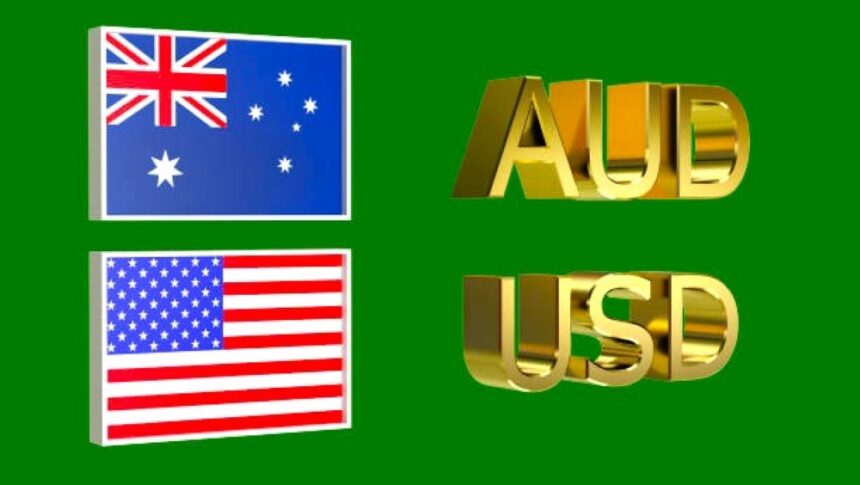The Australian Dollar (AUD) remained subdued on Tuesday, extending losses for the second straight session against the US Dollar (USD). This came despite Australia’s Westpac Consumer Confidence Index jumping 5.7% in August to 98.5, its strongest reading since February 2022, signaling that household sentiment may finally be recovering after an extended period of pessimism.
The AUDUSD pair traded weaker, reflecting the dominance of a stronger USD, which continued to benefit from easing geopolitical tensions and robust safe-haven flows ahead of the Jackson Hole Symposium, where Fed Chair Jerome Powell’s policy stance could set the tone for September.
Westpac data improves, but RBA easing weighs on Australian Dollar
The surge in consumer confidence was fueled by the Reserve Bank of Australia’s (RBA) accommodative stance, with cumulative 75 bps of rate cuts since January. Analysts note this easing has begun to filter through to household sentiment.
Matthew Hassan, Head of Australian Macro-Forecasting, commented that Australia’s prolonged period of weak sentiment “may finally be ending,” but sustaining this recovery may still require additional stimulus. The RBA, however, signaled it is under no immediate pressure to cut further after lowering the Official Cash Rate (OCR) to 3.6% at the August meeting.
Nonetheless, markets remain cautious, with traders wary of external pressures, particularly the strength of the USD, which has overshadowed domestic data.
USD finds support in geopolitical optimism
The US Dollar strengthened further as investors reacted positively to news that US President Donald Trump has begun preparing a trilateral meeting with Russian President Vladimir Putin and Ukrainian President Volodymyr Zelenskyy. The talks, which may explore security guarantees and territorial arrangements, boosted market hopes for de-escalation in Eastern Europe.
Ukraine’s Zelenskyy welcomed Washington’s involvement, emphasizing the need for “true peace” and confirming major US arms purchase plans.
US Secretary of State Marco Rubio added that Washington would coordinate with both European and non-European allies on Ukraine’s security guarantees.
The US Dollar Index (DXY) advanced for the second straight session, trading near 98.20 at the time of writing, underpinning further weakness in AUDUSD.
Trade policy and tariffs add to USD momentum
Adding to USD strength, the Trump administration broadened its 50% tariffs on steel and aluminum imports, effective August 18, extending coverage to 407 new product codes, with semiconductors also in focus. The move reaffirmed Trump’s aggressive trade stance, with more announcements expected in the coming weeks.
Meanwhile, US Treasury Secretary Scott Bessent said short-term Fed rates should be 150-175 bps lower than current levels and hinted at a potential 50 bps rate cut in September. He also confirmed that US and Chinese trade officials plan fresh talks in the coming months, though tariff relief would depend on progress over fentanyl regulation.
US data adds mixed signals
Recent US data has offered a mixed picture:
Michigan Consumer Sentiment Index fell to 58.6 in August, missing forecasts of 62.0, showing consumers remain cautious.
Retail Sales rose by 0.5% MoM in July, in line with expectations but lower than June’s 0.9%. The Retail Sales Control Group increased by 0.5%, also slowing from June’s 0.8%.
Despite weaker sentiment, consumer spending resilience keeps markets guessing about the Fed’s next move, with investors awaiting Powell’s Jackson Hole speech for clarity.
Market outlook for AUDUSD
Looking ahead, the AUDUSD pair may face continued downward pressure unless global risk sentiment improves meaningfully. Key drivers include:
Fed policy expectations: A dovish Powell could cap USD gains and offer some relief to Australian Dollar.
China’s economic outlook: As Australia’s largest trading partner, any rebound in Chinese demand would support Australian Dollar.
RBA stance: If confidence improves sustainably, the RBA may pause further easing, helping stabilize the Aussie.
For now, however, the USD’s geopolitical and policy advantage keeps AUDUSD tilted lower.
Conclusion
The Australian Dollar remains weak despite encouraging domestic consumer confidence data, as external forces overshadow local improvements. The RBA’s latest rate cut highlights the policy divergence with the US, where the Fed remains in the spotlight ahead of Jackson Hole. Meanwhile, Trump’s geopolitical maneuvering and tariffs continue to shape USD momentum. Until global conditions stabilize, Australian Dollar may remain vulnerable, trading more on US-driven narratives than Australian fundamentals.









